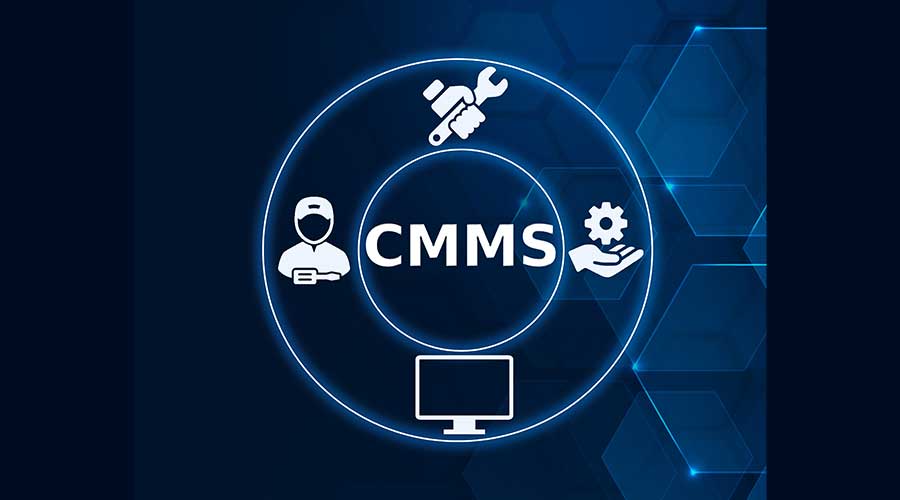CMMS: Open Applications Fuel Department Integration
The demands on maintenance and engineering departments have never been greater. Facilities are incorporating more technology each day, and top executives are ratcheting up the pressure to become more productive.
As a result, managers are trying to maximize technicians' time in the field to eliminate wasted time and money. New-generation computerized maintenance management systems (CMMS) are among the technologies getting closer scrutiny from managers looking to boost productivity. The attention is due largely to the evolution of CMMS from desktop applications to web-based and mobile systems that let technicians take the software into the field.
"This (development) is putting all of the essential information in real time in the palm of the technicians' hands," says Ric Reyna of CyberMetrics Corp., adding that whether a technician uses a laptop computer or smart phone, "they get management of work orders in the field, with real-time updates." In the case of managers hesitating over the cost or the need for a software upgrade, the answer is fairly clear.
"Maintenance is getting the new technology, whether they want it or not," says Steve Brous, president of MPulse Maintenance Software, because information-technology (IT) departments demand it.
Software Evolves
Ten years ago, departments were chained to desktop CMMS applications, and managers needed broader solutions to improve productivity. Organizations were looking to enterprise reporting programs (ERP) because they view them as all-in-one packages that could offer multiple solutions, Reyna says. But with budget cuts and the evolution of CMMS to web-based applications, managers were able to find more scalable, less expensive solutions.
Reyna says ERPs were not cost-effective because they often required customization, as well as costly training to operate. Today's web-based CMMS packages are more user-friendly than previous CMMS applications and ERPs, are easier to implement, and require less training.
As CMMS applications have evolved, they have paved the way for greater data sharing, which has become essential in coordinating maintenance activities and priorities based on an organization's goals.
"Web and mobile CMMS increase the connectivity between all stakeholders in maintenance management," say Jim Wilton of The Planon Group. "Field engineers, back-office planners, and customers use web technology to access their relevant information, anytime, anyplace."
Integration also relies on open CMMS applications, meaning system administrators can access the source code and database and integrate them with other software, says Pat Conroy, president of MicroMain Corp.
"There are some issues to be concerned about when integrating with accounting and HR (human resources) systems, due to audit requirements and the sensitive nature of the data," he says. "Generally, however, the more open a CMMS system is, the better."
Related Topics:














